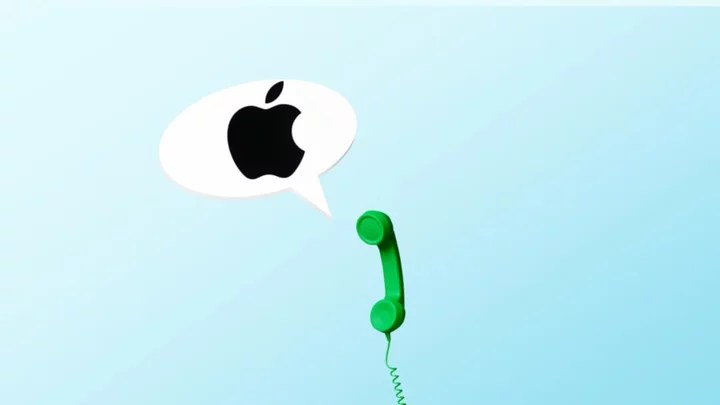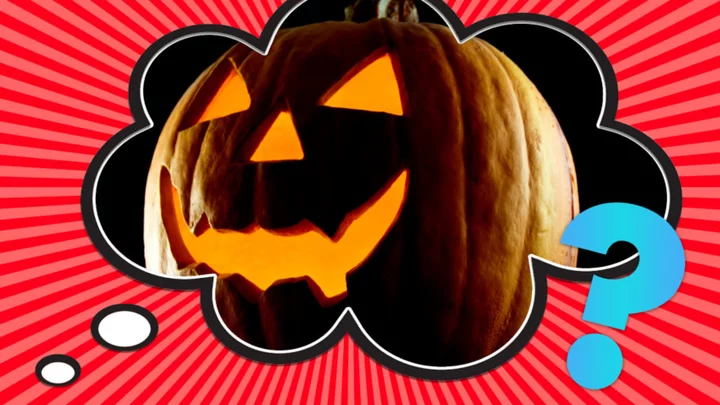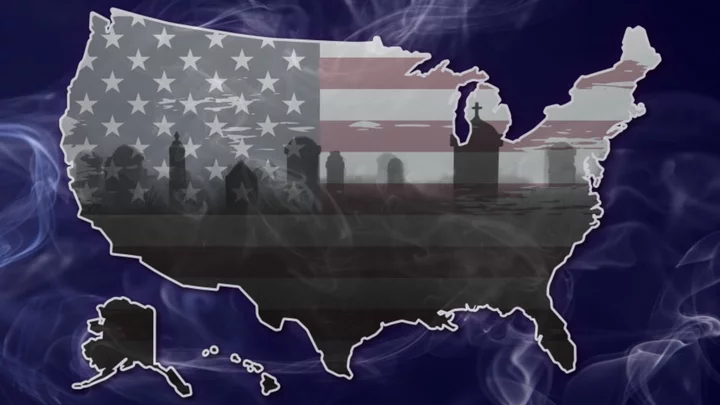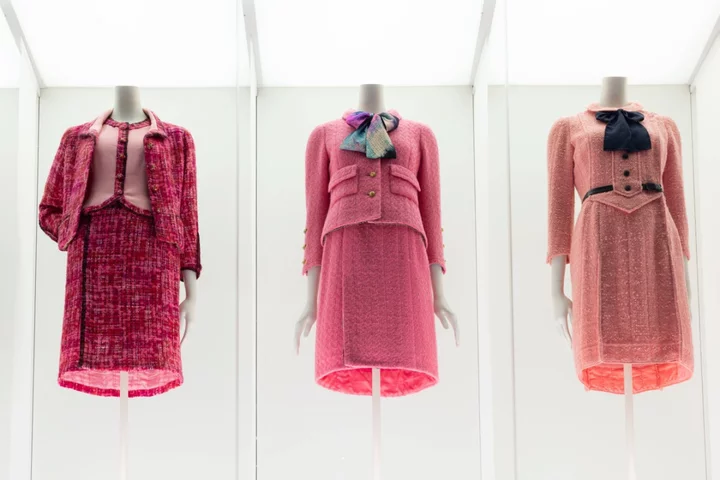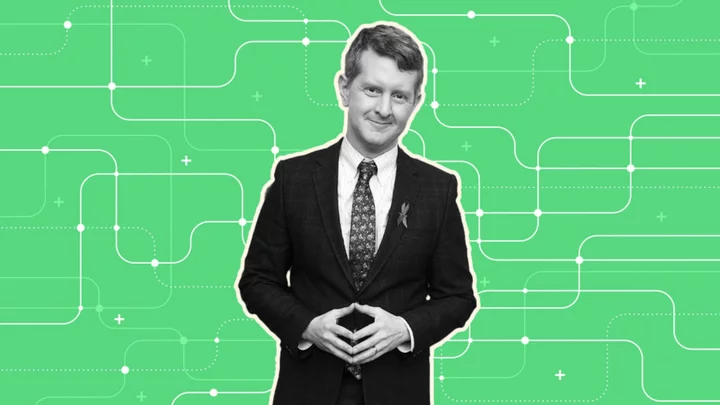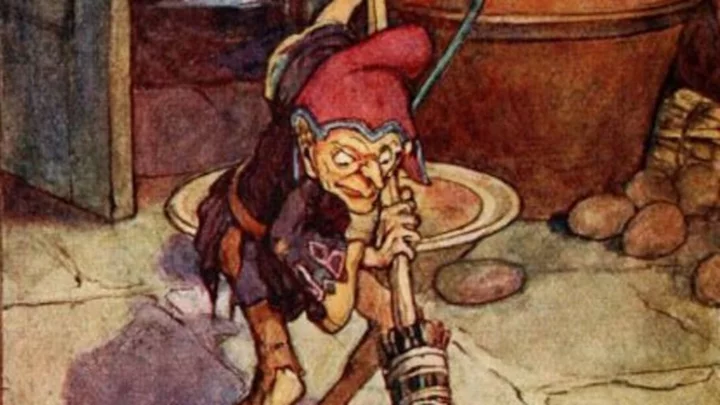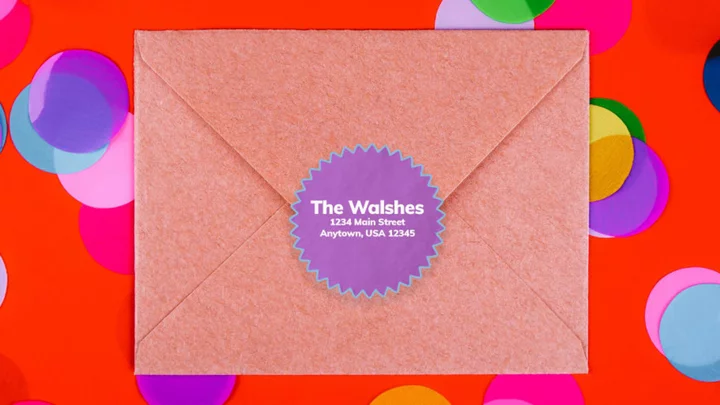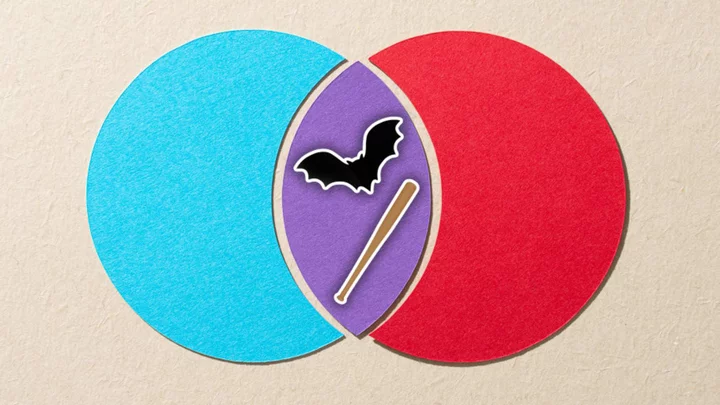When John Draper got Richard Nixon on the line, he informed the president of a national emergency. The West Coast, and perhaps the entire country, was running out of toilet paper.
It was the early 1970s, and Draper was a hacker who specialized in manipulating the telephone system to make and receive free calls, tap phone lines, and various other clever (but illegal) acts. Draper figured out the president’s number through social engineering, a form of manipulation used to extract information from others. By assertively inquiring with a CIA hotline for access, he was later able to successfully get through to the president.
As soon as the words toilet paper left his mouth, Draper heard a second voice on the line. “Who is this?” the person asked.
Draper disconnected; he knew how to avoid being traced.
It was an innocuous prank, but Draper and his peers—a collage of '60s and ‘70s-era hackers known as phone phreakers—would wind up having a heavy influence on the tech world. At least two built a transformative tech company known as Apple. And some, like Draper, would wind up in prison.
Watching Their Tone
Draper is perhaps best known for weaponizing a cereal toy. In the late 1950s, a man named Joe Engressia discovered that he could whistle at 2600Hz, effectively mimicking the tones that were the language of the telephone system. By doing this, he was able to reset the phone line, which allowed calls to be made at no charge. It sounded bizarre, but it was effective. (Engressia, who was blind, grew obsessed with exploring the telephonic world. His high school photo showed him inside of a phone booth.)
Word of Engressia’s feat quickly spread, but there was a problem—few could whistle like that. Then, in the 1960s, Quaker Oats began including a prize in boxes of Cap’n Crunch: A whistle dubbed the Bo’sun after the boatswains that used them to signal mealtimes or commands on ships. A phone hacker named Sid Bernay may have been the first to discover that the Bo’sun’s frequency was 2600Hz, provided you covered one of the air holes on the trinket. That information was shared with others in the community, including Draper, a former U.S. Air Force electronics specialist turned radar technician. In an era of toll calls, this was a golden ticket. (Or whistle.)
“If I wanted to dial 234, I would just dial the numbers by repeatedly blowing the whistle that many times, and then that would make a free call,” Draper explained at a security conference. “You would do that by calling an information number or 800 toll-free number, and blow the whistle in, and you hear a little chirp sound, and that indicates to you that you are actually connected to an internal trunk line that is a raw trunk line. This trunk line is not the same kind of line you as a subscriber would use; this line is nothing more than an internal trunk line. It’s like getting root access to the phone system.”
Draper earned the nickname Captain Crunch as well as a good bit of infamy for his habit of using the cheap toy to avoid toll charges. The whistle was effective, but limited, so he and other hackers built so-called “blue boxes” that could get the phone system under their control. (Others called them “MFers,” for “multi-frequency.”) The handheld devices resembled dialing pads and emitted tones that mimicked the ones controlling long-distance connections that Bell Telephone once published in a technical journal. Some phreakers even phoned up Engressia so he could check their tones for accuracy.
With a working box, the phreakers could essentially obtain the abilities of an operator: Calls could be made or tapped, though the latter is something Draper abandoned after listening in on his girlfriend’s line and finding out she was cheating on him.
Few were looking to publicize such activity, though word did eventually get out when writer Ron Rosenbaum profiled Draper and others for a 1971 Esquire article. Draper, choosing his words carefully, explained that free calls were beside the point.
“If I do it, I do it for one reason and one reason only,” he said. “I’m learning about a system. The phone company is a system. A computer is a system. Do you understand? If I do what I do, it is only to explore a system. Computers. Systems. That’s my bag. The phone company is nothing but a computer.”
Draper went on to say that, hypothetically, three phone phreaks could likely tie up the entire telephone network so that anyone trying to place a call would get a busy signal. Among the article’s readers was Steve Wozniak, who was determined to track down Draper and learn his secrets.
Wozniak, then a college freshman, also showed the piece to his friend Steve Jobs, a senior in high school. The duo attempted to build a blue box by themselves at first; they looked up frequencies in a technical manual at Stanford University and tried to record tones. But the blue box was harder to construct than they had anticipated. After some time, they finally had a working model that relied on digital rather than analog components. Wozniak adopted his own nickname: Berkeley Blue, after his University of California, Berkeley campus. Jobs was Oaf Tobar.
Wozniak eventually found Draper when Draper did a local radio interview. In Wozniak’s dorm room, he demonstrated how to build a better blue box, which allowed Jobs and Wozniak to make their own and start a small and somewhat illicit enterprise. (Tampering with the phone system was illegal; the boxes by themselves were not.) They sold boxes to students on campus, complete with a written guarantee: If it didn’t work, they’d fix it at no charge. All told, they sold somewhere between 40 to 100 boxes and made about $6000.
Jobs later remembered meeting Draper and selling the boxes as a seminal moment, as it allowed him to get comfortable with Wozniak and their business strategy. The two would soon found Apple together.
For his part, Wozniak shared Draper’s sense of humor: He was once able to place a call directly to the Pope. Posing as National Security Advisor Henry Kissinger, Wozniak told the operator he was calling on behalf of Richard Nixon. The Pope was not available to come to the line because he was sleeping. Wozniak called back an hour later, which was enough time for the Vatican to contact the real Kissinger and label the call a hoax.
Disconnected
Early on, phone companies were largely apathetic about phone hacking. Though they were concerned their system could be compromised, going after phreakers would have resulted in further publicity for the activity. But by 1972, it was clear the problem wasn’t going away.
Following the Esquire article, the FBI grew wise to Draper and phone phreaking, collecting many of the blue boxes Jobs and Wozniak had sold to try and see how they worked. (They never traced the devices to the pair, though.) The agency arrested Draper in 1972 on seven counts of wire fraud. He pled no contest to one of the charges—the others were dismissed—and ultimately received five years’ probation, which might have scared most straight. (Joe Engressia later worked for Mountain Bell as an analyst.) But Draper was not most people.
While he did work a legitimate job at Call Computer, phone phreaking still beckoned him. In 1976, he was hit with charges of telephone fraud, or fraud by wire. This time, there would be no wrist slap. Draper got sentenced to four months in federal prison. He would run afoul of the law several more times.
Still, he couldn’t resist. During one prison stay, Draper figured out a way to make free collect calls from inside. He also managed to discover the frequency of the walkie-talkies used by guards and was able to listen in via his FM radio so he could be alerted to their whereabouts.
But such activity was not without its hazards in prison. During a sentence in Pennsylvania, Draper tried instructing inmates on how to get free calls, but offered enough bogus information to avoid getting in any further trouble. When an inmate failed to get his calls as promised, he beat Draper and injured his back.
Phone phreaking was largely phased out in the 1980s, when telephone operators began abandoning tone-based interfaces. Thanks to the connections he made with Jobs and Wozniak, Draper was able to get a job with Apple. He developed a modem, which was not yet in widespread use, and was too radical at the time even for Apple. He also programmed EasyWriter, one of the earliest word processing programs for the personal computing market. (A portion of the program was written during yet another jail stint, one with a work release program.)
Later, in 2001, Draper founded ShopIP, an internet security consulting firm. Like many hackers before and after him, he found himself uniquely qualified for advising on firewall deficiencies. And although he’s remained a visible presence in the hacking community, it’s not always been for the usual reasons. In 2017, several young men told BuzzFeed News that Draper had behaved inappropriately with them at conventions. Draper made no comment to BuzzFeed on the allegations, later telling The Daily Dot that the kinesiology-inspired “energy exercises” he practiced could have resulted in his arousal but there had been nothing “intentionally or explicitly sexual towards anyone.” It was the same year his autobiography, Beyond the Little Blue Box, was published.
As troubling as such allegations are, it remains difficult to separate Draper and phone phreaking from the trajectory of modern technology. Wozniak and Jobs’s blue boxes set them on a path that transformed communications. In 2020, one of Wozniak’s original blue boxes went up for auction and sold for $125,000.
“If we hadn’t made blue boxes,” Jobs later said, “there would have been no Apple.”
This article was originally published on www.mentalfloss.com as How Phone Hackers Paved the Way for Apple.

